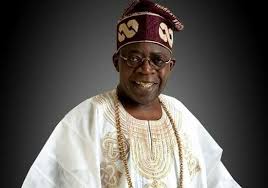President Bola Ahmed Tinubu’s administration has implemented bold reforms since May 2023 — including fuel subsidy removal, foreign exchange unification, and fiscal tightening. These moves initially brought significant hardship: surging inflation, naira depreciation (reaching nearly ₦1,900/$1 in early 2024), and widespread protests.
However, by October 2025, recent data shows tangible progress. Confidence in the naira is growing, macroeconomic indicators are stabilizing, and international institutions are beginning to recognize Nigeria’s gradual recovery.
According to the Finance Ministry, Central Bank, and Tinubu’s October 1, 2025 Independence Day address, the reforms are unfolding in two key phases:
- 2023–2025 – Stabilization (“shock therapy”)
Focus on correcting distortions, unifying markets, and restoring investor confidence. - 2026–2027 – Inclusive growth
Focus on translating gains into lower living costs, job creation, and affordable energy and food.
The World Bank (Oct 2025) projects Nigeria’s economic “tipping point” by 2027, with per capita GDP rising 25% from 2023 lows. The IMF echoes this, estimating 36–48 months before reforms reach 80% of households.
President Tinubu reaffirmed:
“By 2027, every Nigerian will see Renewed Hope in their pocket.”
Additionally, the Minimum Wage (Amendment) Act 2025 now mandates reviews every 3 years (down from 5), ensuring the 2027 wage review reflects improved economic conditions. Inflation is projected to fall to single digits, with rice prices expected between ₦35,000–₦40,000 per bag.
By Nurudeen Adeyemi
Independent Sales Contractor (Nigeria), Digital Microsystems Pte Ltd




